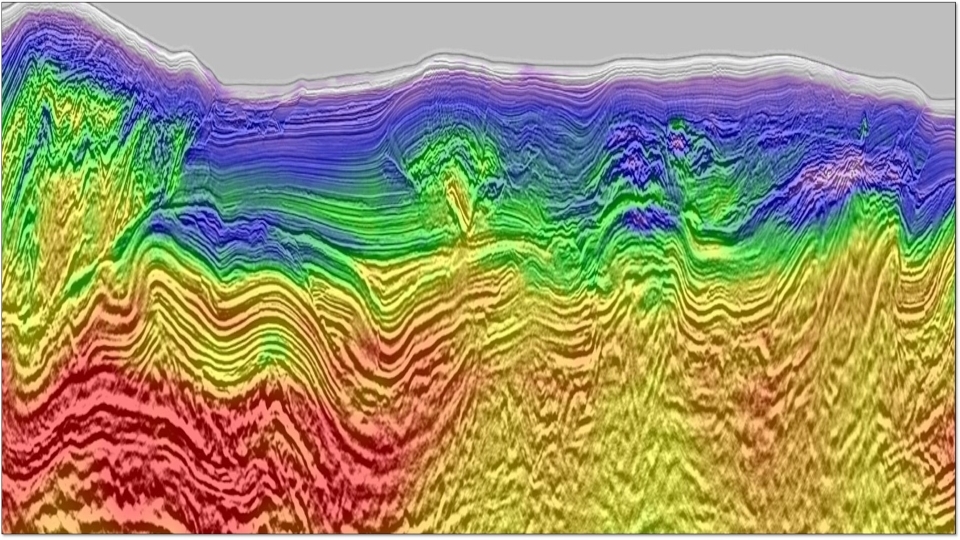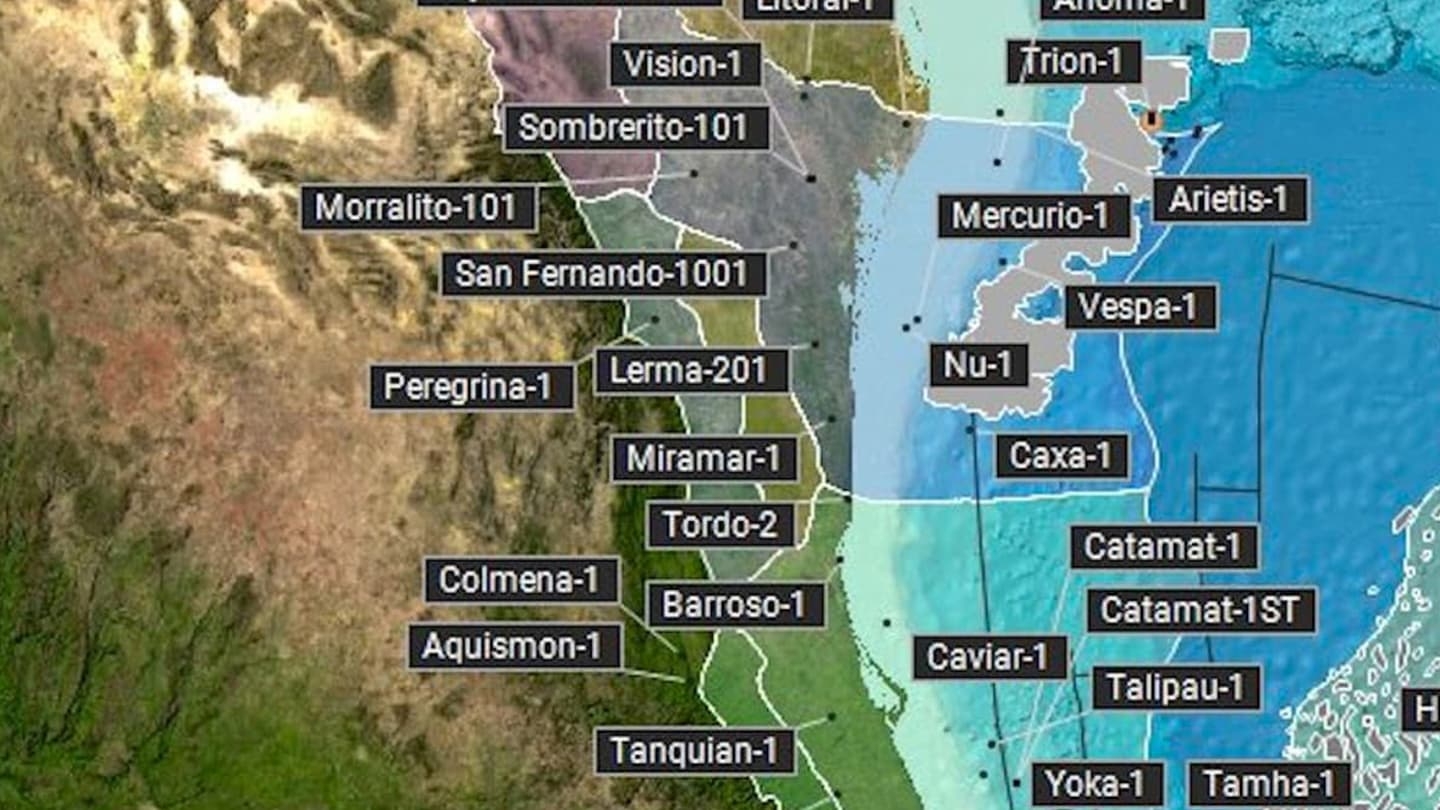Full-waveform inversion (FWI), proposed by Lailly and Tarantola in the 1980s, is considered the most promising data-driven tool to automatically build velocity models. Many successful examples have been reported using FWI to update shallow sediments, gas pockets, and mud volcanoes. However, successful applications of FWI to update salt structures had almost only been seen on synthetic data until recent progress at the Atlantis field, Gulf of Mexico (GoM). We revisited some aspects of FWI algorithms to minimize cycle-skipping and amplitude discrepancy issues and derived an FWI algorithm that is able to build complex salt velocity models. We applied this algorithm to a variety of data sets including WAZ (wide-azimuth) and FAZ (full-azimuth) streamer data as well as OBN (ocean bottom node) data with different geologic settings in order to: 1) demonstrate the effectiveness of the method for salt velocity updates, and 2) examine some fundamentals of the salt problem. We observe that in multiple cases, salt velocity models from this FWI produce subsalt images of superior quality. We demonstrate with one FAZ streamer data example in Keathley Canyon that we probably do not need very high frequency in FWI for subsalt imaging purposes. Based on this observation, we envision that sparse node for velocity (NFV) acquisition may provide appropriate data to handle large and complex salt bodies with FWI. We believe that the combination of advanced FWI algorithms and appropriate data acquisition will bring a step-change to subsalt imaging.
Download Resource 
Publications
The Leading EdgeAuthors
Ping Wang, Zhigang Zhang, Jiawei Mei, Feng Lin, Rongxin Huang





